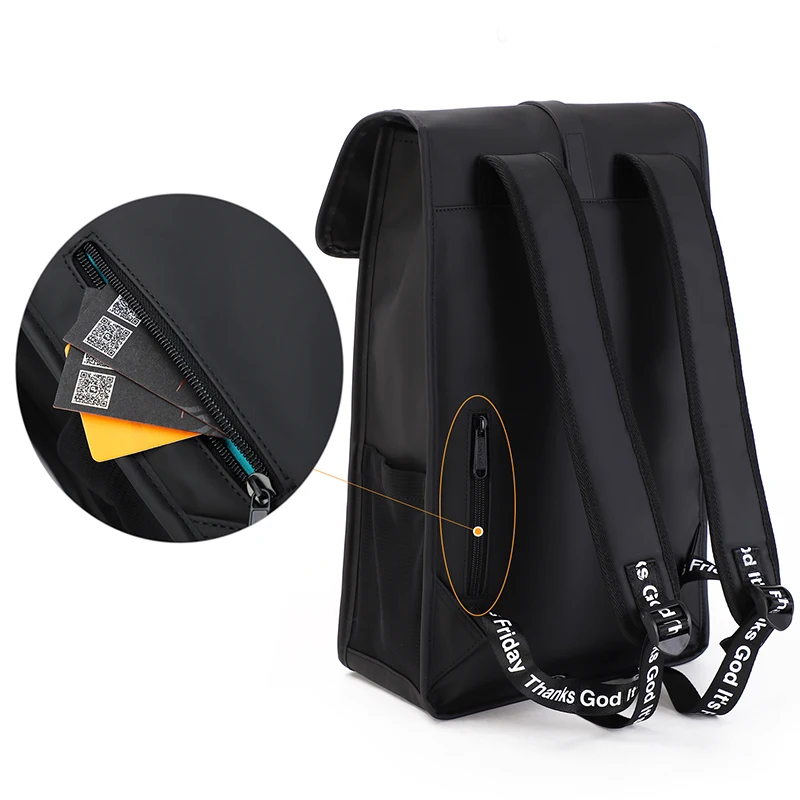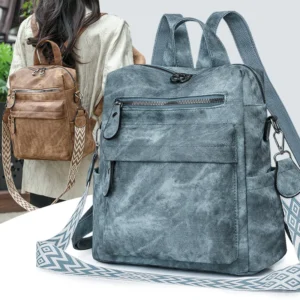Understanding Water Resistance vs. Waterproofing in Leather
When it comes to protecting leather goods from water, there’s often confusion between water resistance and waterproofing. These terms are not interchangeable, and understanding the difference is crucial for properly maintaining your leather items.
Water resistance means the material can repel some moisture for a limited time. Water beads up on the surface rather than immediately soaking in. However, with enough exposure or pressure, water will eventually penetrate.
Waterproofing, on the other hand, means the material creates a complete barrier that water cannot pass through, regardless of exposure time or conditions.
Leather, being a natural material made from animal hide, has an inherently porous structure. These pores allow the material to “breathe,” contributing to leather’s comfort and durability. However, these same pores create natural pathways for water to enter. This is why leather can never be truly 100% waterproof in its natural state.
Compared to synthetic materials like nylon or PVC that can be manufactured to be completely waterproof, leather sits somewhere in the middle of the water protection spectrum. It has some natural water resistance, especially high-quality leather, but cannot match the complete impermeability of purpose-designed synthetic waterproof materials.
This fundamental characteristic of leather means that oiling can significantly enhance its water resistance but cannot make it fully waterproof. Comprehensive leather conditioning and waterproofing guide techniques can help maximize protection, but they cannot change the natural properties of the material itself.
How Oiling Affects Leather’s Relationship with Water
When you apply oil to leather, several beneficial interactions occur at the fiber level that impact how leather responds to water exposure.
The Science of Oil Penetration
Leather oils work by penetrating deep into the material’s structure. The oil molecules fill microscopic spaces between leather fibers, coating them with a protective layer. This process creates two important effects:
- The leather fibers become coated with hydrophobic (water-repelling) substances
- The physical spaces where water might enter become temporarily filled
When water contacts properly oiled leather, it tends to bead up on the surface rather than immediately soaking in. This happens because oil and water don’t mix – the oiled fibers actively repel water molecules.
Leather Type Influences Absorption
Different leathers respond uniquely to oil treatments. Full grain leather backpacks typically show excellent oil absorption due to their natural, unaltered surface with open pores. The oils can penetrate deeply into these high-quality hides, providing more substantial protection.
In contrast, heavily finished or corrected grain leathers have a surface layer that may prevent deep oil penetration. With these leathers, oils sit more on the surface rather than being fully absorbed, potentially providing less effective water resistance.
Temporary Protection
It’s important to understand that oil treatment creates a temporary barrier. Over time, the oils will:
– Gradually migrate within the leather
– Slowly evaporate from the surface
– Break down from environmental exposure
– Wear away from friction during normal use
This is why regular conditioning of leather backpacks is necessary to maintain water resistance. The temporary nature of oil protection is a fundamental limitation that prevents leather from becoming truly waterproof through oiling alone.
Water Protection Benefits of Properly Oiled Leather
When leather is properly oiled, it gains significant protection against everyday water encounters. The treatment creates a barrier that handles common moisture situations effectively.
Properly oiled leather performs well in these scenarios:
– Light rain or drizzle
– Brief exposure to snow
– Occasional splashes
– Morning dew or humidity
– Light spills quickly wiped away
The duration of this protection varies based on oil quality and application technique. Typically, a good oiling treatment provides 2-4 weeks of optimal water resistance before performance begins to diminish. Regular travelers might consider learning how to properly oil their leather bags before trips to ensure protection.
Beyond water resistance, oiling leather provides several additional benefits:
– Prevents leather from drying out and cracking
– Maintains natural suppleness and flexibility
– Restores moisture lost through everyday use
– Enhances the rich color and patina
– Extends the overall lifespan of the leather item
These secondary benefits make oiling worthwhile even beyond its water-resistant properties. Many men’s leather travel backpacks benefit from regular conditioning to maintain both aesthetics and functionality.
Regular maintenance creates a cumulative effect – leather that receives consistent care develops more stable water-resistant properties over time compared to leather that’s only occasionally treated.
Limitations: When Oiled Leather Will Still Get Wet
Despite the benefits of oiling, it’s essential to understand when this treatment won’t provide adequate protection. Even the most meticulously oiled leather has definite limitations against water.
Oiled leather will likely fail to stay dry in these situations:
– Heavy, sustained rainfall
– Complete submersion in water
– Standing in puddles or wet ground
– Snow that melts directly on the leather
– High-pressure water exposure
The duration of exposure matters significantly. While oiled leather might resist a quick splash, extended contact with water eventually overwhelms the oil barrier. This happens because the water molecules persistently work their way between the temporary oil barrier and find pathways through the leather’s natural pores.
Different quality grades of leather also show varying levels of vulnerability. Full-grain leather typically performs better than corrected or split leathers. The tanning process also matters – vegetable-tanned leathers often show better inherent water resistance than chrome-tanned varieties.
When water does penetrate oiled leather, the consequences can be significant:
– Water staining and discoloration
– Stiffening of the leather as it dries
– Potential mold or mildew growth if not dried properly
– Accelerated deterioration of stitching and internal components
This is particularly important for items like leather travel backpacks that might encounter varied weather conditions during their use.
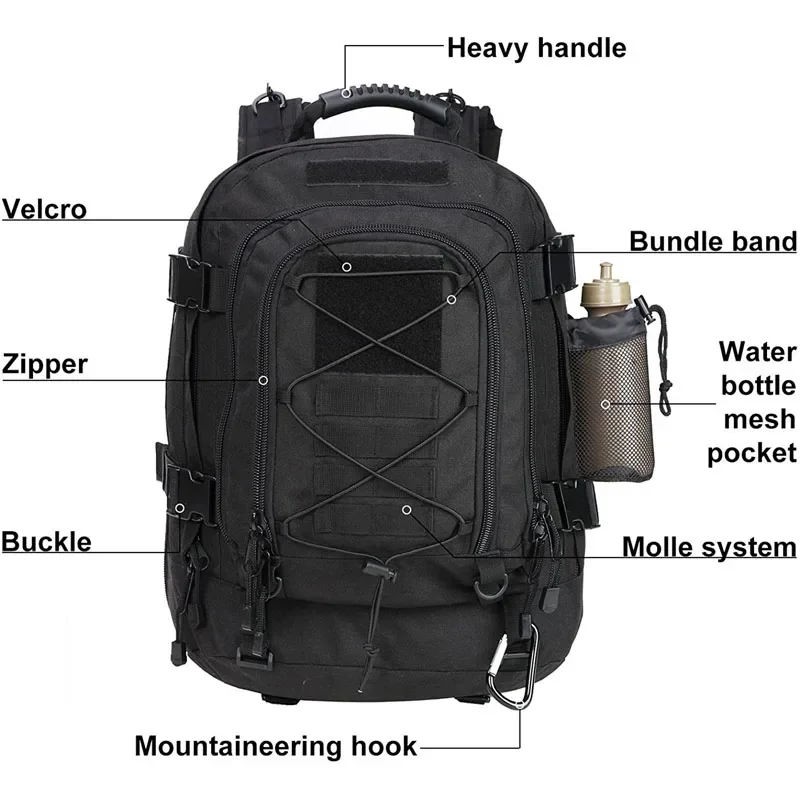
Best Oils for Enhancing Leather Water Resistance
Not all leather oils provide the same level of water protection. Understanding the differences between common options helps you choose the right product for your specific needs.
| Oil Type | Water Resistance | Additional Benefits | Best For | Limitations |
|---|---|---|---|---|
| Neatsfoot Oil | Moderate | Excellent softening, prevents cracking | Stiff, dry leather | Darkens leather significantly |
| Mink Oil | High | Deep conditioning, salt protection | Winter-exposed leather | Can oversaturate if applied too heavily |
| Coconut Oil | Low-Moderate | Natural, mild scent | Light conditioning | Shorter protection duration |
| Beeswax Blends | Very High | Excellent barrier formation | Outdoor leather goods | Can create a waxy finish |
| Proprietary Blends | Varies | Often contains UV protection | Specific leather types | Price premium |
Natural oils like neatsfoot and mink oil penetrate deeply into leather fibers, providing good water resistance while nourishing the leather. However, these oils can substantially darken leather, which may be undesirable for some items. They’re particularly effective for vintage leather backpacks where darkening often enhances the desired patina.
Synthetic or blended oils typically provide more consistent results and may include additional protective elements like UV inhibitors. They’re less likely to cause significant color changes but might not condition as deeply as natural options.
The leather’s current condition should influence your choice. Very dry leather will quickly absorb oils, potentially requiring multiple applications, while well-maintained leather may need only a light treatment. Comprehensive guides on leather waterproofing products can help match specific products to your leather type and needs.
For most everyday leather items, a moderate application of a quality leather conditioner with natural oils provides a good balance of water resistance and conditioning benefits.
Beyond Oiling: Superior Waterproofing Methods for Leather
While oils provide reasonable water resistance, other methods offer superior protection when more robust waterproofing is needed.
Wax-Based Treatments
Wax treatments create a more substantial barrier than oils alone:
– Provides longer-lasting water protection (typically 1-3 months)
– Creates a more defined surface barrier
– Better resistance to heavy rain and prolonged moisture
– Often combines beeswax with other protective ingredients
– May slightly alter the leather’s finish and feel
Silicone and Fluoropolymer Sprays
Modern chemical sprays offer advanced protection:
– Creates invisible molecular barrier on leather surface
– Doesn’t change leather texture significantly
– Allows leather to continue “breathing”
– Easy application without rubbing or working in
– Typically lasts 3-6 weeks before reapplication needed
– Won’t darken or change leather color
Combination Approaches
For maximum protection, layering treatments often works best:
– Start with oil conditioning to nourish leather
– Apply wax treatment for primary water barrier
– Finish with spray protection for comprehensive coverage
– Creates multiple layers of protection with different mechanisms
– Addresses both conditioning and waterproofing needs
Each leather type responds differently to waterproofing methods. Suede and nubuck require specialized treatments, while full-grain leather accepts a wider range of products. The complete guide to waterproofing leather bags offers detailed information on matching methods to specific leather types.
For leather items regularly exposed to challenging conditions, these advanced methods provide significantly better protection than oiling alone. The right waterproofing approach depends on your specific needs and the value of the leather goods you’re protecting.
Application Guide: Proper Techniques for Maximum Water Resistance
The effectiveness of any leather waterproofing treatment depends greatly on proper application technique. Following these steps ensures optimal results:
Clean thoroughly first
– Remove all dirt, dust and previous product buildup
– Use a leather-specific cleaner or mild soap solution
– Allow leather to dry completelyTest in inconspicuous area
– Apply a small amount to check for color changes
– Wait 24 hours to observe results
– Proceed only if satisfied with the test resultApply with proper tools
– Use clean, lint-free cloth for oils and waxes
– Apply sprays from recommended distance (usually 6-8 inches)
– Use fingers for waxes when body heat helps with penetrationUse correct technique
– Apply in thin, even layers rather than one thick coat
– Work in small circular motions for oils and waxes
– Ensure complete coverage including seams and edges
– Pay special attention to areas most exposed to waterAllow proper absorption and drying
– Let each layer absorb for manufacturer-recommended time
– Multiple thin layers provide better results than one heavy application
– Understanding whether leather should dry before conditioning impacts the success of your waterproofing effortsBuff as needed
– Some products require buffing after application
– Removes excess product and restores leather appearance
– Creates more even protection
Temperature plays an important role – warm (not hot) leather accepts treatments better than cold leather. Ideal application temperature is around 65-75°F (18-24°C). Avoid direct sunlight during application as it can cause uneven drying.
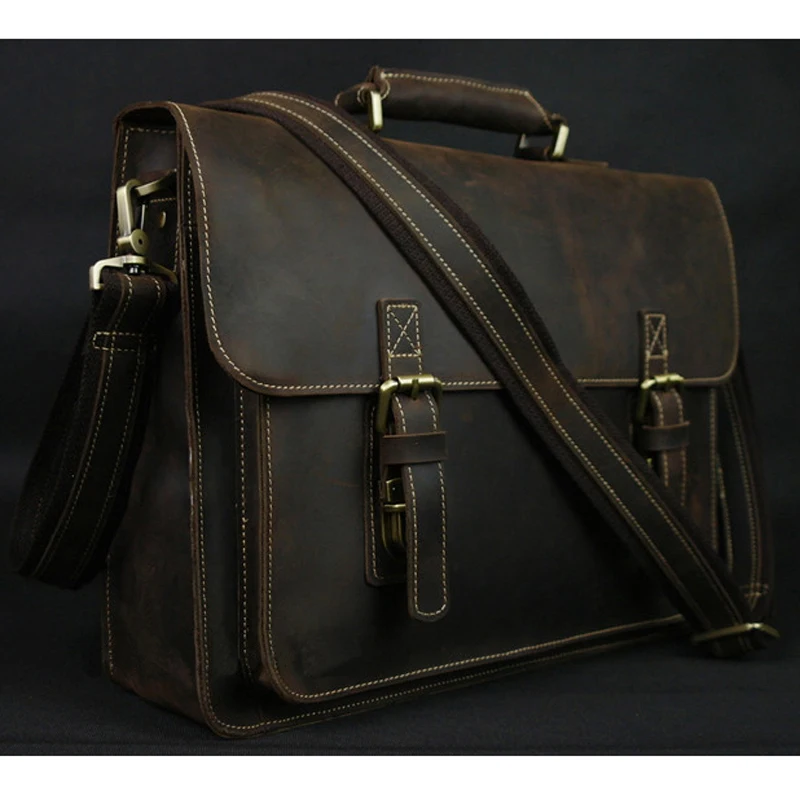
Maintaining Water-Resistant Leather: Care and Reapplication Schedule
To maintain optimal water resistance, leather requires ongoing maintenance. Creating a care schedule based on your specific usage patterns ensures consistent protection.
Reapplication Timeframes
For daily-use items:
– Oil treatments: Every 2-4 weeks
– Wax treatments: Every 4-8 weeks
– Spray protectors: Every 3-6 weeks
– Full reconditioning: Every 3-4 months
For occasional-use items:
– Oil treatments: Every 2-3 months
– Wax treatments: Every 4-6 months
– Spray protectors: Every 2-3 months
– Full reconditioning: Twice yearly
For seasonal items:
– Deep condition before storage
– Apply protectant before first seasonal use
– Reapply mid-season if used regularly
Signs Water Resistance Is Diminishing
Watch for these indicators that it’s time to reapply protection:
– Water no longer beads on the surface
– Leather darkens quickly when damp
– Moisture is absorbed rather than repelled
– Leather feels dry or stiff to the touch
– Color appears faded or uneven
Proper Storage Practices
Storage conditions significantly impact water resistance longevity:
– Store leather items in cool, dry locations
– Use breathable dust covers rather than plastic
– Insert cedar elements to control humidity
– Keep leather items away from direct heat sources
– Maintain shape with appropriate stuffing or forms
For items used in demanding environments, specific leather maintenance guides for commuters offer tailored advice. Daily exposure to varying weather conditions requires more frequent care than items used in controlled environments.
Remember that proper cleaning before reapplication is essential – built-up dirt and oils prevent new treatments from properly penetrating the leather. Our collection of leather backpacks maintains its quality and water resistance through regular maintenance.
14 Inch Leather Laptop Backpack, Brown Leather Backpack, Men's Leather Backpack, Vintage Leather Backpack
Price range: $177.28 through $199.12 Select options This product has multiple variants. The options may be chosen on the product pageCarry On Leather Backpack, Roll Top Leather Backpack
Price range: $77.76 through $96.48 Select options This product has multiple variants. The options may be chosen on the product pageDesigner Mini Backpack, Mini Leather Backpack, Small Leather Sling Backpack, Women's Leather Backpack
Price range: $95.76 through $98.80 Select options This product has multiple variants. The options may be chosen on the product pageDesigner Mini Backpack, Designer Women's Backpack, Mini Leather Backpack, Women's Leather Backpack
Price range: $135.92 through $137.64 Select options This product has multiple variants. The options may be chosen on the product page17 Inch Leather Laptop Backpack, Men's Leather Travel Backpack, Men's Leather Work Backpack
Price range: $106.28 through $143.88 Select options This product has multiple variants. The options may be chosen on the product pageBlack Leather Backpack, Small Leather Backpack, Women's Leather Backpack
Price range: $112.96 through $116.12 Select options This product has multiple variants. The options may be chosen on the product page
Should You Oil Your Leather for Waterproofing? Making the Right Choice
Deciding whether oiling is the right waterproofing approach depends on your specific needs and the item in question. Consider these factors when making your decision:
For Everyday Urban Use
If your leather items face occasional light rain and minimal water exposure, oiling provides adequate protection while maintaining appearance. Items like messenger bags and casual footwear generally do well with regular conditioning and occasional oil treatments.
For Outdoor Adventure Gear
Leather items regularly exposed to wilderness conditions, heavy rain, or snow require more than just oil. Consider wax-based treatments or specialized waterproofing products for items like hiking boots or outdoor equipment cases.
For Heirloom or Premium Items
High-value leather goods deserve careful consideration. Understanding if full-grain leather is better for backpacks helps determine appropriate care. Premium items often benefit from professional treatments or specialized products designed for their specific leather type.
When weighing the trade-offs, remember that more robust waterproofing typically comes with greater changes to appearance and feel. Oiling preserves most of leather’s natural characteristics while providing moderate protection. More intensive waterproofing methods might alter the leather’s look, patina development, or breathability.
Your climate should also influence your decision. Humid environments require different approaches than dry regions, and seasonal variations may necessitate adjusting your treatment schedule and methods throughout the year.
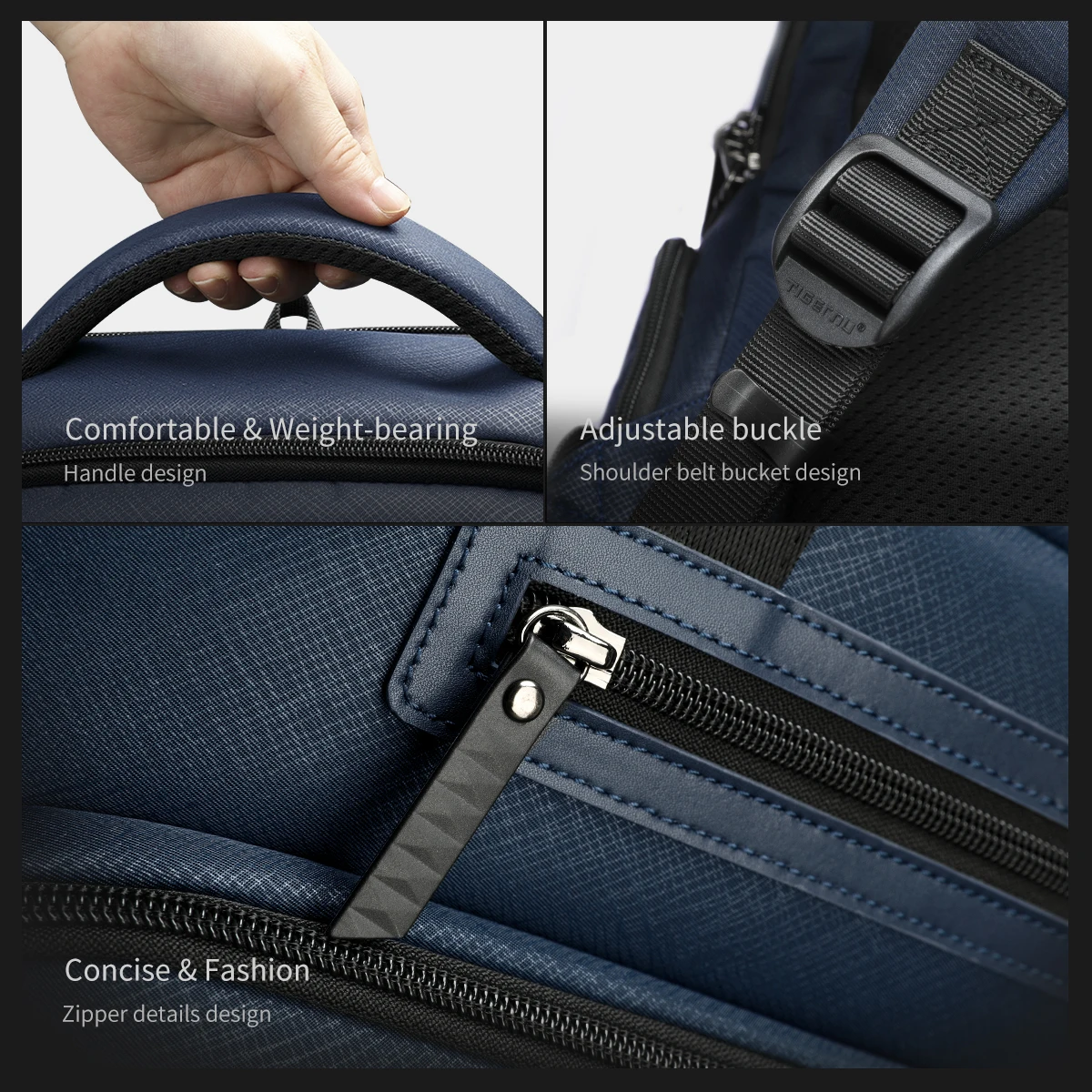
Common Mistakes That Compromise Leather’s Water Resistance
Even with the best waterproofing products, certain mistakes can significantly reduce protection effectiveness:
DON’T oversaturate with oil or conditioner. Applying too much product can clog leather pores, trap moisture, and create a sticky surface that attracts dirt. Use multiple thin layers rather than one heavy application.
DON’T dry wet leather with direct heat. Using hairdryers, heaters, or radiators causes leather to dry too quickly, leading to cracking and damage that creates new pathways for water entry. Always air dry leather naturally at room temperature.
DON’T use household oils not designed for leather. Kitchen oils, motor oils, and other non-leather products can cause rancidity, staining, and damage to stitching. Stick to products specifically formulated for leather goods.
DON’T store leather while damp. Putting away even slightly wet leather items leads to mildew, mold, and permanent damage. Ensure items are completely dry before storing, especially with luxury leather backpacks where quality preservation is essential.
DON’T neglect regular cleaning. Accumulated dirt creates abrasions in leather’s surface and prevents waterproofing treatments from properly penetrating. Clean leather regularly before applying any protective treatments.
Protecting Different Leather Types: Special Considerations
Different leather varieties require tailored approaches to water protection:
| Leather Type | Oil Effectiveness | Recommended Treatment | Special Considerations |
|---|---|---|---|
| Full-Grain | Excellent | Natural oils, wax | Darkening expected, builds beautiful patina |
| Top-Grain | Good | Lightweight oils, sprays | Test for color changes, less absorption than full-grain |
| Suede/Nubuck | Poor | Specialized suede protector sprays only | Never use oils – will ruin nap and appearance |
| Oil-Tanned | Moderate | Light conditioning only | Already contains oils; over-conditioning causes problems |
| Chrome-Tanned | Good | Silicone or fluoropolymer sprays | More resistant to water naturally, requires less treatment |
| Patent Leather | Not Recommended | Specialized patent leather products | Oils damage the finish; wipe clean only |
Color is another important factor. Black leather backpacks show water damage differently than lighter-colored leather. Dark leathers tend to hide water spots better but can develop a whitish bloom if overtreated with oils or waxes.
When in doubt about a specific leather item, consult the manufacturer’s care recommendations or seek advice from a leather care professional. Specialty leathers like exotics (snakeskin, alligator) or vegetable-tanned varieties need expert care and often don’t respond well to standard waterproofing methods.
The thickness of the leather also affects treatment needs – thinner leathers require more frequent but lighter applications, while thicker leathers may need fewer but more intensive treatments to achieve adequate water protection.

